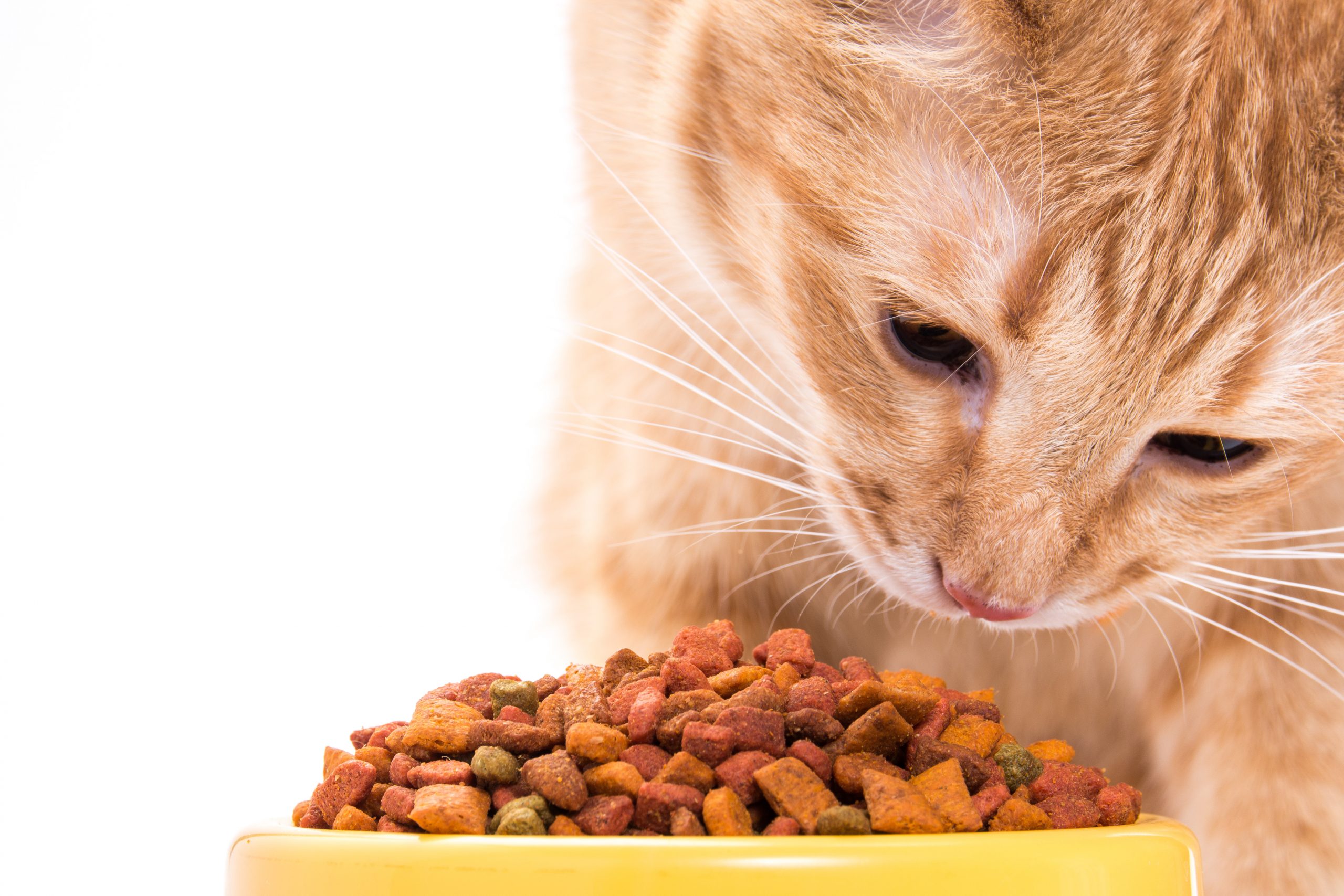News Blast
Your daily dose of trending news and updates.
From Bowls to Bites: The Wild World of Pet Food Choices
Explore the wild world of pet food choices! Discover the best bowls and bites to keep your furry friends happy and healthy.
Understanding the Nutritional Needs of Pets: What to Look for in Their Food
Understanding the nutritional needs of pets is crucial for their overall health and well-being. Just like humans, pets require a balanced diet that includes proteins, carbohydrates, fats, vitamins, and minerals. When selecting pet food, it is important to look for high-quality ingredients, as well as a balance of macronutrients tailored to the specific needs of your pet. For instance, active dogs may need a food higher in protein and fat, while older cats might benefit from diets that emphasize lower calories and increased fiber to support digestive health.
Additionally, pet owners should be aware of certain nutritional requirements specific to the species and breed of their pets. For example, dogs generally need a diet rich in animal-based protein, whereas cats are obligate carnivores that require certain amino acids found only in animal tissues. Always check the labels on pet food packaging and consider factors like age, activity level, and any special health concerns. Consulting with a veterinarian can also guide you in making informed choices that will keep your furry friends healthy and happy.

The Evolution of Pet Food: From Traditional Bowls to Modern Bites
The history of pet food is a fascinating journey that reflects the changing relationship between humans and their furry companions. Traditionally, pet owners often fed their animals leftover scraps from their own meals, resulting in a diet that varied greatly based on household cooking habits. However, as the understanding of animal nutrition evolved, the demand for specialized nutrition led to the development of commercial pet food. In the early 20th century, the first ready-to-eat pet foods began to hit the market, with canned dog food introduced in 1922. This marked a significant shift in how pets were nourished, promoting not only convenience but also a more balanced diet for pets across households.
As we moved into the late 20th and early 21st centuries, the pet food industry underwent a revolution characterized by a growing focus on ingredients and health. The rise of premium brands emphasized natural and organic ingredients, catering to the health-conscious pet owner. Today, the landscape has transitioned once again, with innovation at the forefront. Pet bites now come in various forms, such as freeze-dried treats, grain-free options, and even tailor-made meals prepared by subscription services. This evolution showcases not only the changing preferences of pet owners but also the broader commitment to providing pets with the best nutrition available, ensuring they live long, healthy lives.
Homemade vs. Store-Bought Pet Food: Which is Best for Your Furry Friend?
When it comes to feeding your furry friend, the debate between homemade and store-bought pet food often piques the interest of pet owners. Homemade pet food can be an appealing option, allowing you full control over the ingredients that go into your pet's diet. This means you can tailor their meals to meet specific health needs, choose high-quality ingredients, and avoid fillers or preservatives commonly found in commercial products. However, it’s crucial to ensure that your homemade recipes are nutritionally balanced, as improper formulations can lead to deficiencies or health issues.
On the other hand, store-bought pet food offers the convenience of pre-packaged meals that are formulated according to industry standards. Many reputable brands conduct extensive research to provide a complete and balanced diet for pets, often including added vitamins and minerals to support overall health. With a vast array of options available, from kibble to wet food, it’s essential to check the ingredients and choose high-quality brands that align with your pet’s dietary needs. Ultimately, the choice between homemade and store-bought pet food will depend on your pet's unique health requirements, your budget, and your willingness to invest time in meal preparation.